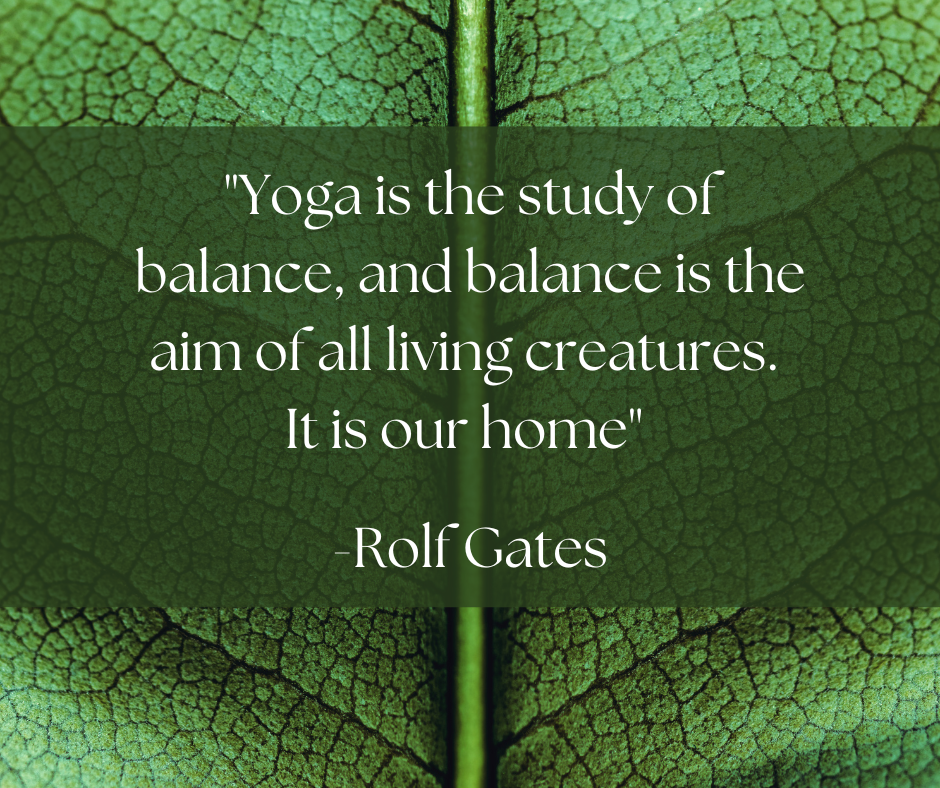
Anga bhanga: choosing the yoga practice that's best for you
Does your practice bring you balance? Anga bhanga sadhana means a practice that is useful in one way for our systems, or in one context, but harmful in another. It can also refer to a practice that seems beneficial in the short term, but increases imbalance in the long term.
A great tip I learned from Mental Health Aware teacher training and trauma sensitive training is to start where you are.
In other words, start with something that matches the current energy intensity in your system, and gradually move into more balancing practices. That’s why my short practices for busy people often start with some movement before leading to stillness.

A guide to yoga for grief
Not only is every loss different, but each individual will experience grief in their own way. I have some yoga practices that have helped me, that I would like to share in case they help you sometime, too.

A complete view of well-being: the Pancha Maya Kosha model
Pancha Maya Kosha is a Yogic model for understanding our complete well-being on all levels. This meditation gives you an effortlessly direct experience with the Kosha system. You can use this meditation to feel more connected with your inner wisdom and more aware of all aspects of your well-being.

How to de-stress, sleep better & feel more at ease with yoga without using will-power.
How to de-stress, sleep better & feel more at ease with yoga without using will-power.

Gentle Yoga & Meditation Autumn Practices
Enjoy 3 nourishing gentle yoga & meditation practices for autumn to cultivate balance, focus and calm.
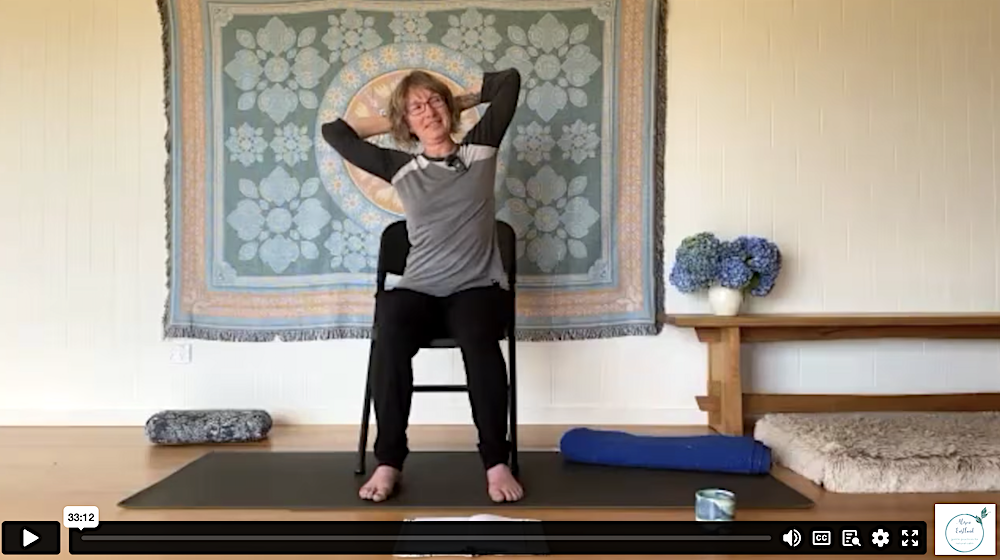
Gentle Yoga to nurture your nervous system.
Nurture your nervous system with this 30 minute video. A gentle. calming wind-down practice blending polyvagal theory, pranayama breathing and restorative yoga practices to soothe the nervous system, this would be a great practice to wind down for the evening, or before bed for better sleep.
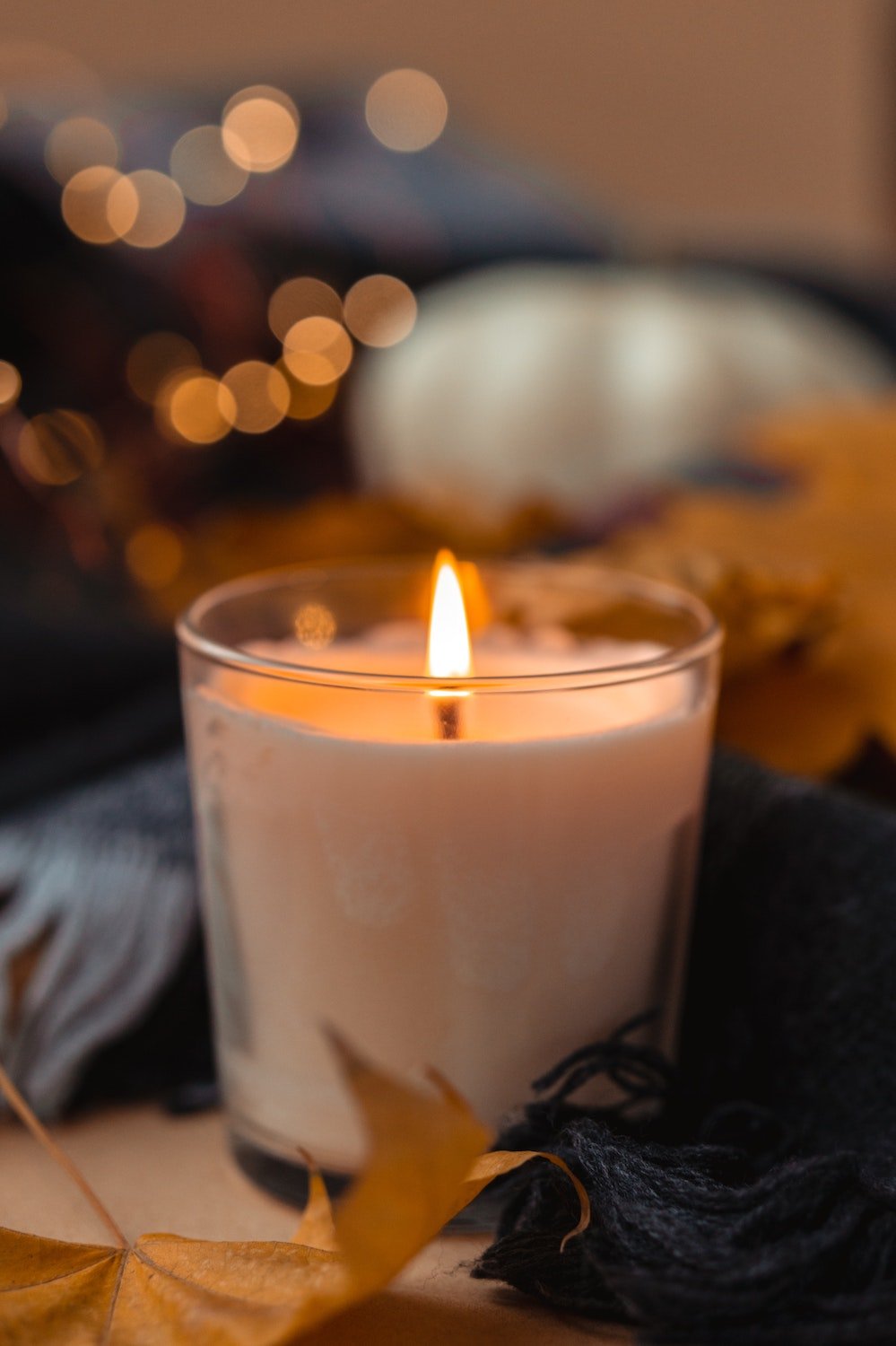
Gentle yoga & meditation for winter.
Gentle yoga and meditation practices for winter and the winter solstice to evoke warmth and light while honouring the introspective nature of the season. Practices you don’t need to get down onto the cold floor to do!

Nurture your lower back, hips and knees with a relaxing 10 minute floor practice.
This relaxing 10 minute floor practice will nurture and bring balance to your lower back, hips and knees. It’s a rewarding practice, in that if you approach it mindfully, with unhurried breathing, and do it regularly, you’ll start noticing the benefits very quickly: better hip mobility, more ease in your lower back, and more balance through your pelvis, sacrum and knee joints.
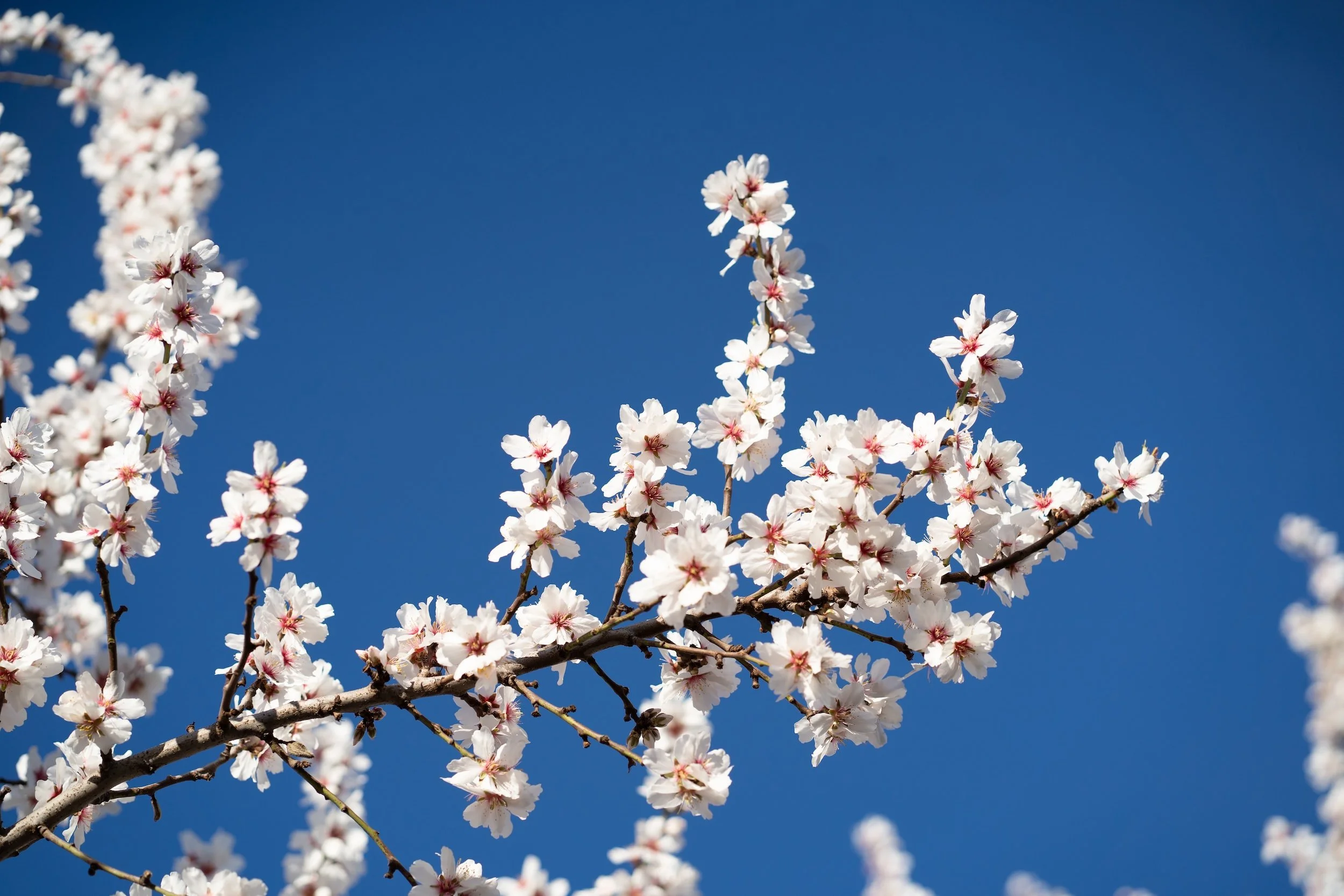
Gentle yoga & meditation practices for spring
Transition easefully through spring with these yoga & meditation practices for the season, including moving meditations, guided relaxations, breathing practices and simple tips.

A resting practice for relaxed shoulders and effortless breath
This resting position is one of my favourite ways to encourage effortless diaphragmatic breathing. It also deeply releases tightness at the front of the shoulders, often a source of rounded posture and upper back, shoulder & neck pain.

Warm up your mind & body with the Lighten Up Practice
This short 12 minute practice makes a great warm up preparation if you have to practice Yoga asana in a cold space, or if you want to wake yourself up in the morning.
We mobilise and warm your joints from the ground up, refresh your mind, restore expansive breathing, release your back and shoulders and leave you feeling energised and focused.

Release tension in your shoulders & neck and restore your breathing
In this 18 minute seated practice, as well as releasing tension in your shoulders, you’ll also recreate space around your rib cage for your breath, to replenish and refresh yourself.
You’ll get to keep your vagal nerves happier by releasing tension around the front and side of your neck.
This practice can be enjoyed sitting in a chair and would make a great mindful break during or after work, or anytime you find the world resting on your shoulders.
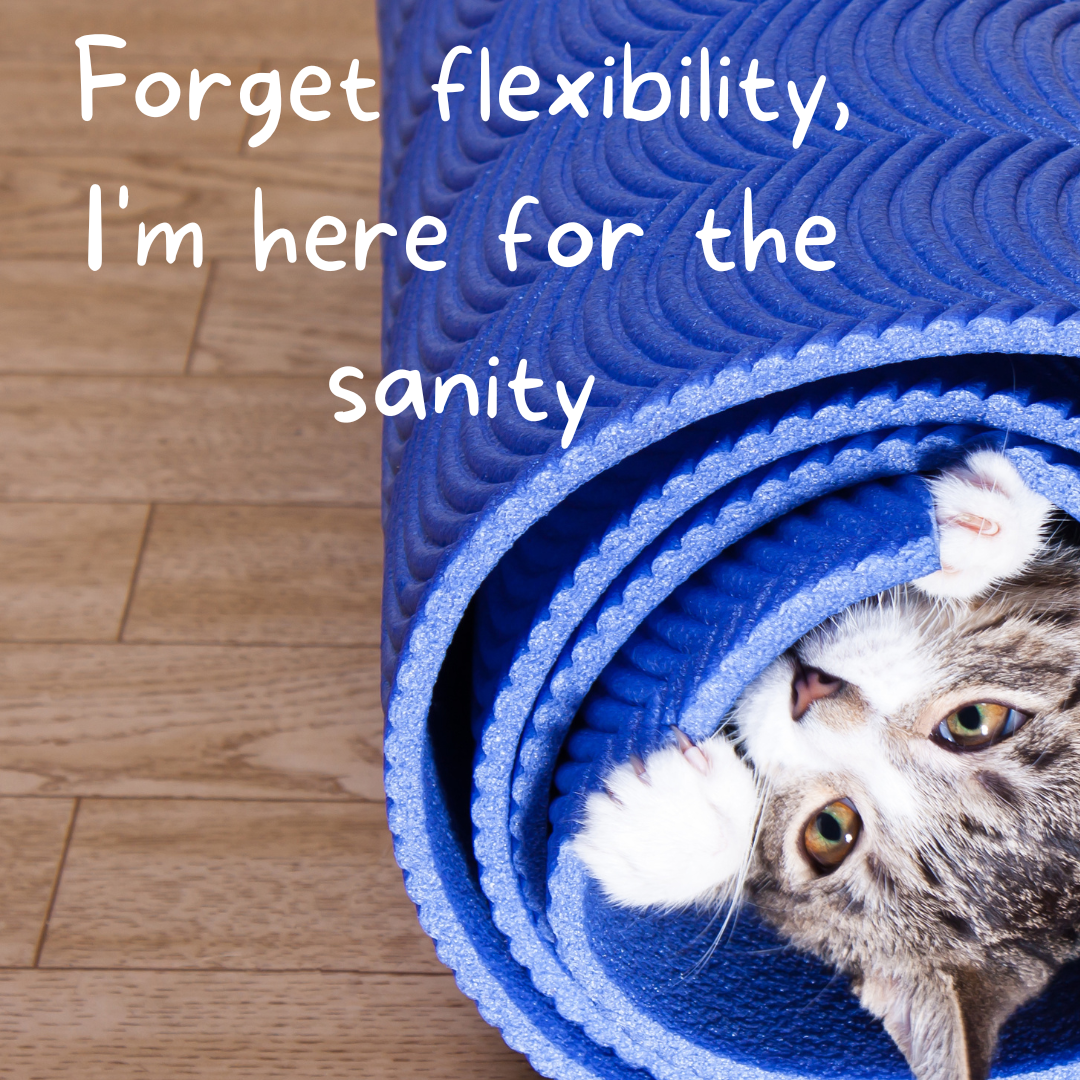
Why I practice yoga
I’m 50 and I’ve been practising yoga for more than 20 years now, and teaching for nearly 20.
During that time people have said the strangest things to me. Like: “You must be so disciplined”, or “I’d do yoga if I could stop smoking/lose weight/be more flexible”.
As if the practice requires us to be flexible, or of a certain standard of mental wherewith-all for us to begin. If that were the case then I definitely wouldn’t be allowed on the mat most mornings! And as for flexibility, that has nothing to do with it. My practice is all about retaining my sanity and equilibrium in a crazy world.

What is Zoom yoga like?
If you’d told me 2 years ago that my classes were going to be mainly on Zoom, I would not have believed you, and I wouldn’t have believed it was a good idea, either. I actually resisted putting my classes on Zoom throughout the pandemic, even though I’d been happily offering individual private sessions via Zoom for years. I thought that teaching classes would be too awkward, isolating and low-quality.
I’ve now completely changed my mind, and last Monday night clinched it.

The power of short, simple practices for cultivating calm & courage
When I first started practising yoga I was working and studying, with a young family. I knew I’d found something I loved and that kept my stressed out system calmer, but I didn’t have much time. All I could do was get up a few minutes early and treat myself to just two simple poses.
Those few minutes a day taught me the life-changing potential for a 5 minute practice to change my life. I learned not to underestimate the benefits of something short & simple, done consistently.
If you want to weave some nourishing self-care into your life but it’s hard to find the time or to know where to start, I hope these practices might help. Click on each picture to listen or watch & download …

Finding time for calm in real life: challenges, frustrations & how to overcome them.
Whether you’re wanting to add 15 minutes of mindful movement into your life, or 20 minutes of yoga nidra deep relaxation, 10 minutes of a restorative resting pose , or even just 5 minutes of meditation, you might experience some very common challenges.
Here are the 4 most common challenges I hear, and tips on how to overcome them.
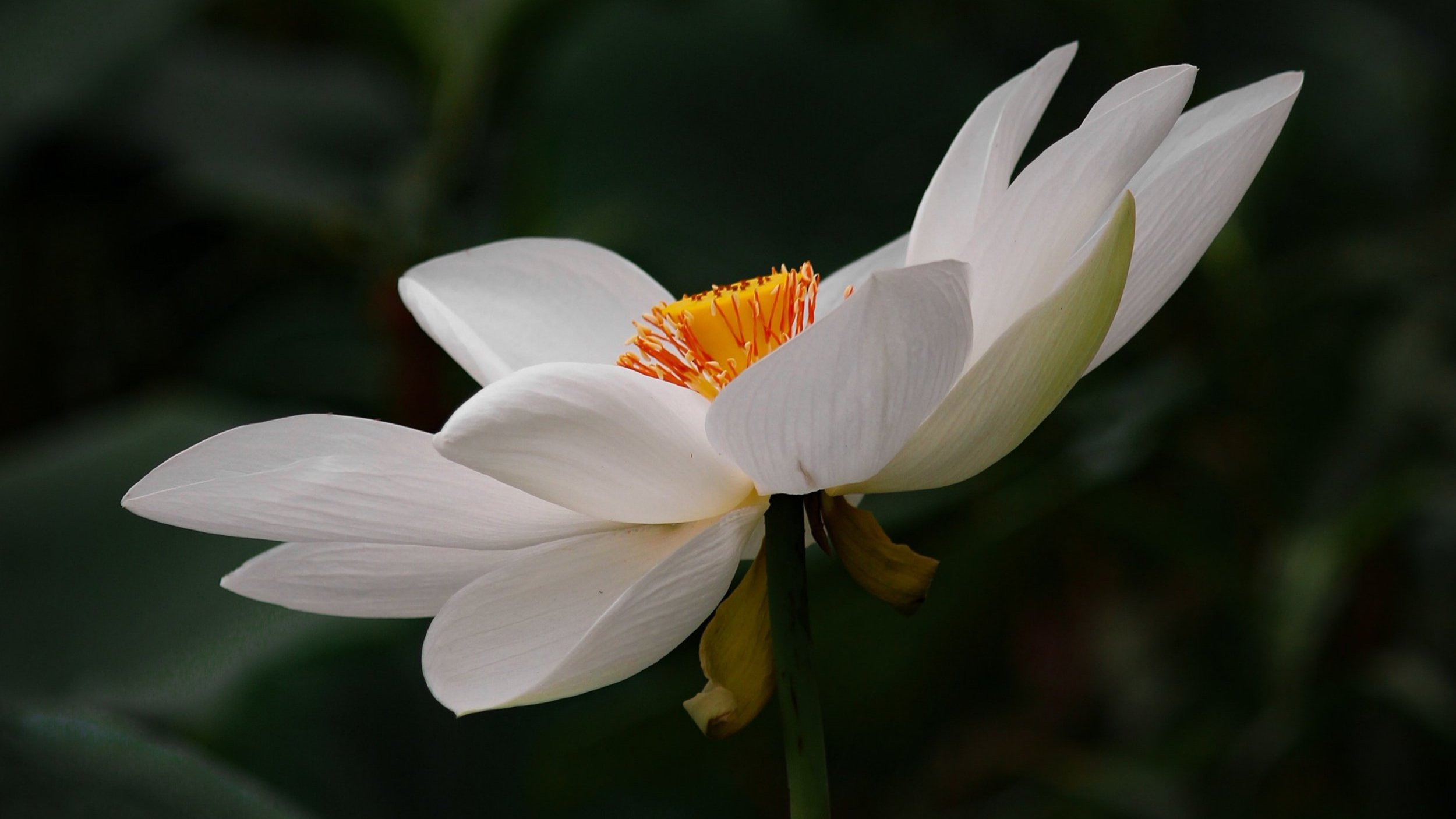
3 body-based practices for finding your calm
Three easy & effective body-based practices to feel more calm & relaxed in body & mind.

Find your calm: 3 breathing practices
Simple & effective breathing practices to soothe and support your nervous system and help you find your calm.
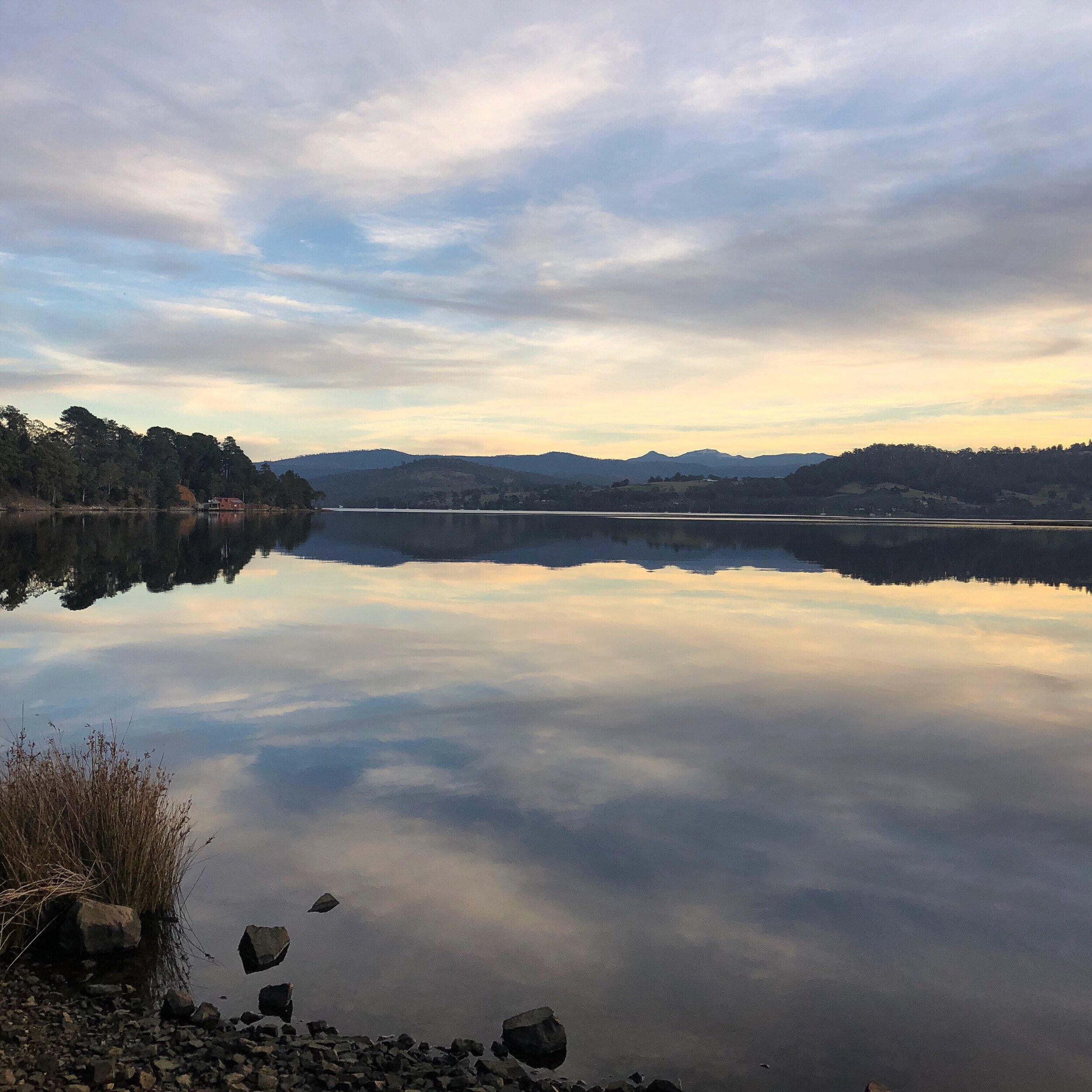
Peace of Mind: Some Benefits of Yoga Nidra (guided relaxation practice)
If I had to choose between a physical practice, a sitting meditation, or a Yoga nidra, I would choose Yoga nidra for all the benefits it has for the mind and body. The best thing about Yoga nidra is that anyone can easily do it and by doing it consistently, receive the benefits of it. Even just practising a 20 minute Yoga nidra a few times a week will be beneficial.

How to get over the guilt, and rest
Isn’t there something a bit dysfunctional about a world in which we don’t feel we can stop and rest for just 20 minutes? Does anything in nature run full speed endlessly without rest? Thinking ourselves to be above nature hasn’t worked out well for us so far.